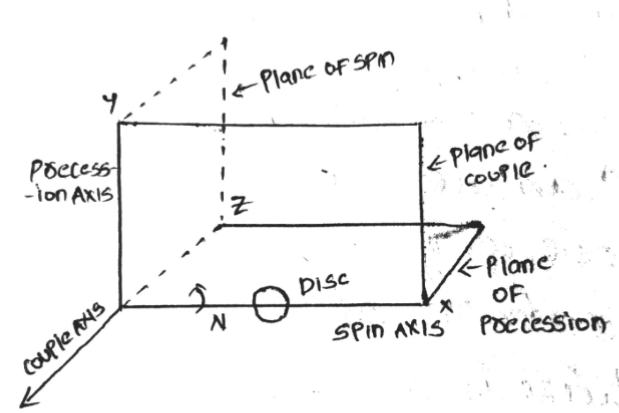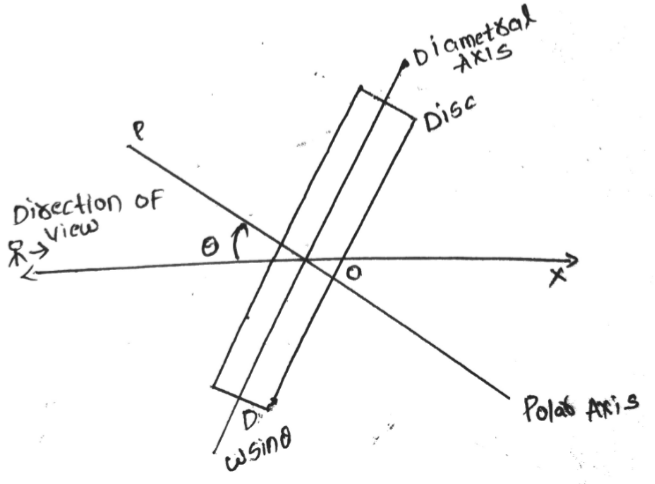What is Static loads?
Static loads refer to forces or loads that are applied to a structure or object in a stationary or unchanging manner. These loads do not vary over time, and they can include the weight of the structure or object itself, as well as any external forces applied to it, such as gravity, wind, or other environmental forces. Static loads are typically analyzed using the principles of statics, which is a branch of mechanics that deals with the analysis of forces and their effects on stationary objects. The results of a static load analysis can be used to determine the strength and stability of a structure or object under the applied loads, and to design it to meet the required performance criteria
What is Dynamic Loads?
Dynamic loads refer to forces or loads that vary over time or that are applied to a structure or object in a changing or fluctuating manner. These loads can be caused by a variety of factors, such as the movement or vibration of a structure or object, the impact of external forces, or the effect of changing environmental conditions. Dynamic loads can be more challenging to analyze and design for than static loads, as they often require the use of more advanced techniques and tools, such as finite element analysis or dynamic structural analysis. The results of a dynamic load analysis can be used to determine the strength and stability of a structure or object under the applied loads, and to design it to meet the required performance criteria
The Main Difference between Static & Dynamic Loads is explained below
In engineering, a load is a force that is applied to a structure or a component. Static loads are loads that are applied to a structure or a component and are not expected to change over time. Examples of static loads include the weight of a building or the weight of a car.
Dynamic loads, on the other hand, are loads that vary with time and are often caused by the movement or vibration of a structure or component. Examples of dynamic loads include the impact of a car hitting a pothole or the vibrations caused by wind gusts.
It is important to consider both static and dynamic loads when designing a structure or component, as different materials and designs may be better suited to handling one type of load over the other.
Tags: Static Loads, Dynamic Loads, Static Loads Vs Dynamic Loads, Difference between Static & Dynamic Loads

